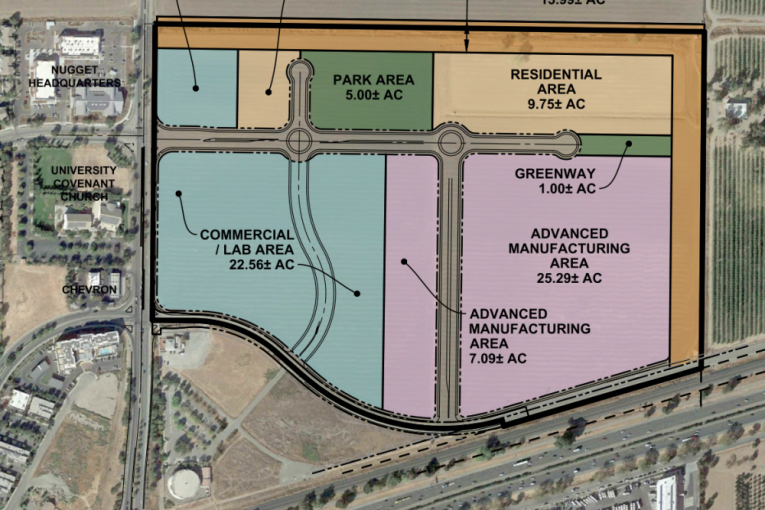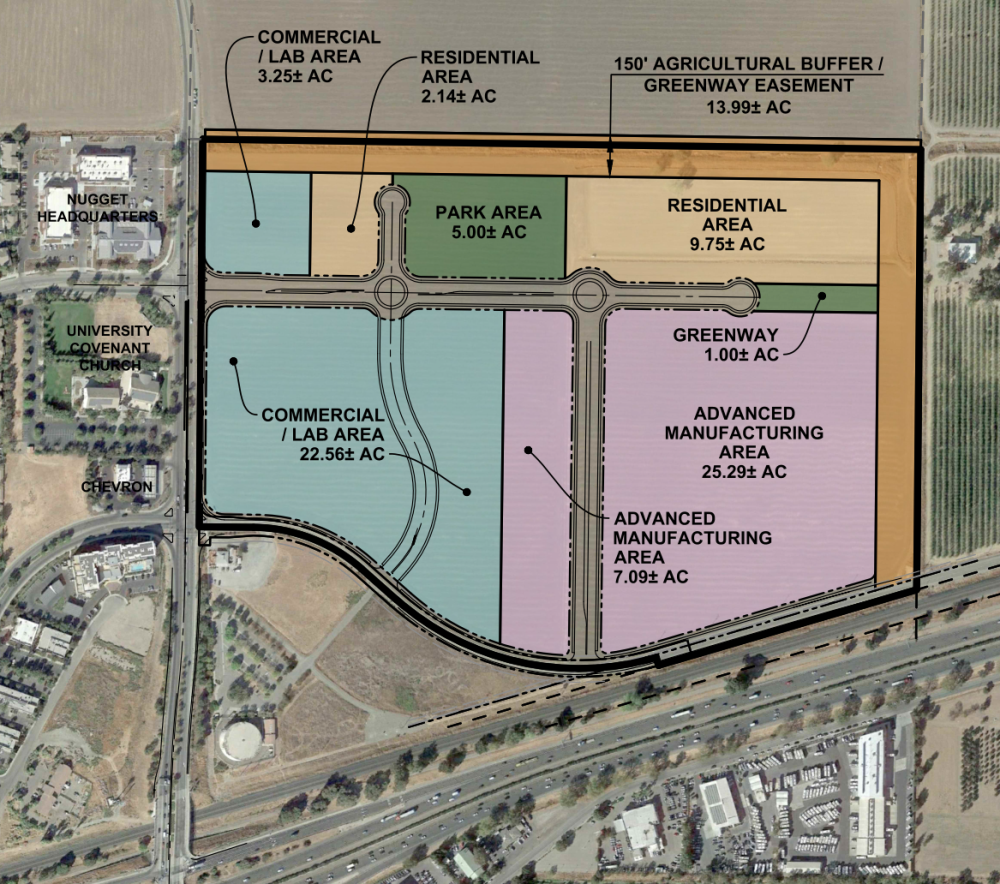
 by Rick Wiley
by Rick Wiley
I started working for the company now known as Villara over 40 years ago sweeping the warehouse and have had the honor to be the President of our company for more than 20 years. In that time, we have grown to be one of the largest HVAC contractors in the western US, installing the heating and cooling systems in over half a million homes. As part of this work we typically do the system design and Title-24 energy analysis for the builders, presenting them with the efficiency options available on the systems we will later install. This experience gives us great insight into both the state of technology and the forces that produce real changes in the market.
While we have seen great advancements in energy efficiency over the whole period I have been with our company, improvements have become harder to achieve in last 10-15 years or so. We are regularly helping builders try to find even 1% or 2% improvements at a price that will not make the resulting home unaffordable. As an example, going from a 100 Watt incandescent lightbulbs to a 10 Watt LED produced the same amount of light, but reduced power by 90W, but improving an LED by 20% would only save 2W. Put another way, the easy savings have been achieved.
It is this experience that makes the UC Davis WCEC report on the Davis Innovation and Sustainability Campus (DiSC) (https://ucdavis.app.box.com/s/xflye4hwixdkvgtevdf7mmnpmd5vr97g) so compelling. The report showed that the District Energy system proposed at DiSC would reduce the Title-24 score by a whopping 26%, which these days is an absolutely enormous improvement. Partly they do this by installing much more efficient industrial chillers as their base cooling/heating technology, and partly this is achieved by using daily energy storage to shift energy consumption from hours when electricity is high in carbon to hours when renewables are plentiful, and the carbon intensity is very low. This is exactly the kind of innovative “step change” that is needed to get us to our decarbonization goals.
But technology by itself is not enough to generate change in the market. As a company that lives and dies by being able to get a builder to purchase from us, we are acutely aware of the challenge that any innovative technology or approach has in gaining acceptance and achieving real change. Yes, they want to know that the technical solution will work, and of course there is a need for a solution to be competitive on price, but a bigger issue for innovative approaches is “where has this been done before”? This is where the DiSC project could have the greatest impact: by showing builders that a much more innovative approach can work, use of a District Energy Center at DiSC could help catalyze change across the residential and non-residential construction industry.
Because we are unlikely as a society to reduce the level of cooling and heating comfort that we have become accustomed to, the question is how much environmental impact will providing this comfort have in the decades after a building is constructed. Davis residents have a choice this coming Tuesday on whether to approve or veto the DiSC project. I would suggest that anyone who is truly concerned with decarbonization of the built environment should look not only at how the proposed DiSC project will reduce energy consumption for the buildings being proposed, but also keep in mind the catalytic impacts that the example of a successful DiSC demonstration project would have on regulations and building practices across California and beyond. As someone who has built a career of helping decision-makers make choices that will impact energy consumption for decades to come, I know how much an example to point to here could help change the world.
Rick Wiley is President of Villara Mechanical

To put this letter into context …

Yesterday I was contacted by an Energy Industry expert who lives herein Davis, who asked me and a group of others he thought to ask:
.
I responded …
.
He then responded
.
The possibilities for explaining “what that means” are a bit of gazing into a crystal ball that has multiple possible scenarios. At this stage of the process, we don’t know what will happen. However, there are certain things that we do know:
1) Since the UCD-studied district energy system is not specifically included in the Baseline Features, the DiSC developer is under no obligation to install it.
2) The developer may decide that the energy savings associated with this cutting edge system will financially make installing it a wise business decision.
3) If/when a district energy system is installed and producing energy savings, those savings will only improve the 19% of GHG emissions reported by AECOM to the City of Davis in the slide pictured above that was part of AECOM’s April 2021 Climate Action and Adaptation Plan Community Workshop. If anyone wants to see that whole workshop here is a LINK to the video.
4) From a GHG emissions perspective across the City of Davis, the Transportation component contributes four times the amount of GHGs that the Building Energy and Design component contributes.